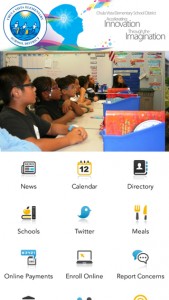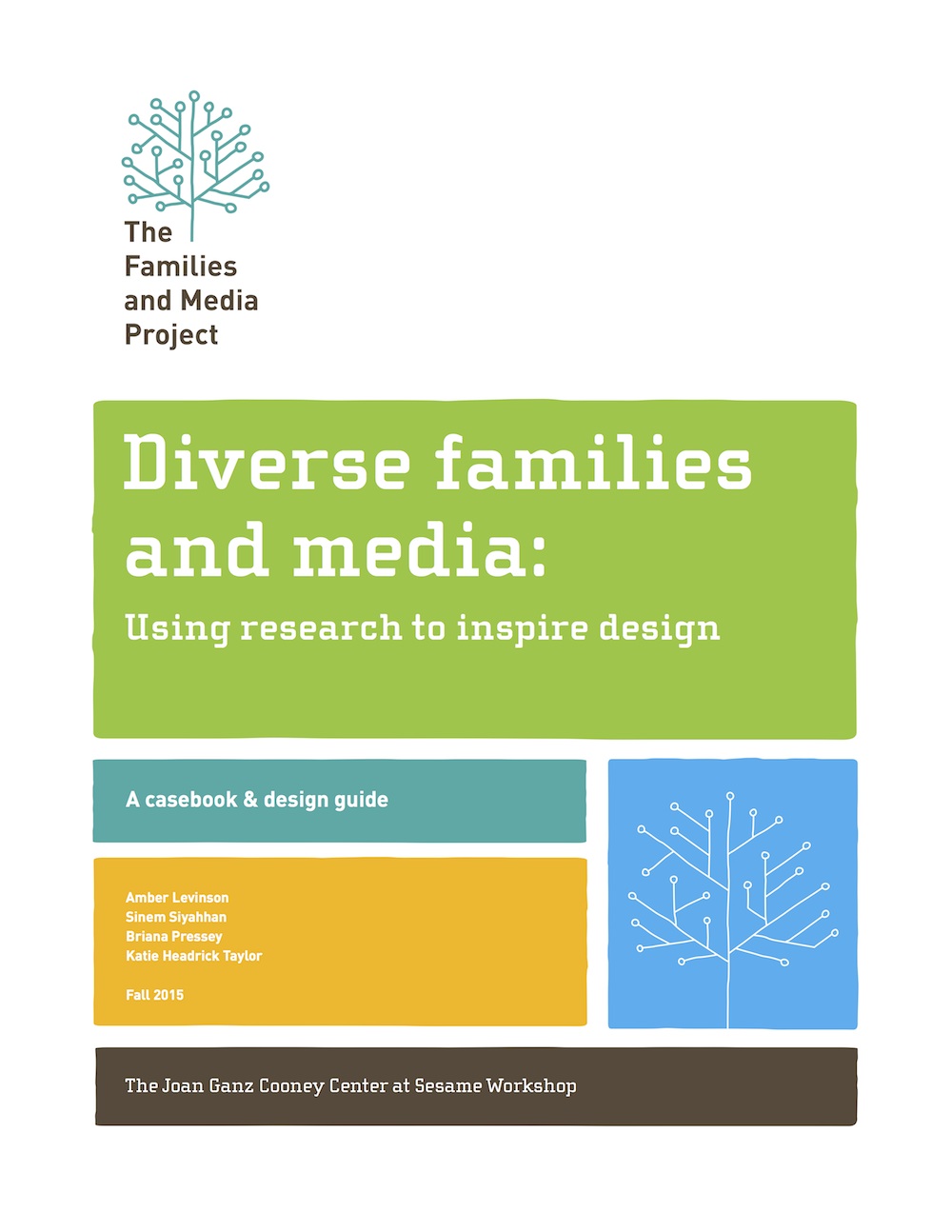 Educators and researchers have long argued that engaging families and making connections between home and school learning are key elements that foster children’s academic success and strong communities. In communities where parents may have had few educational opportunities themselves, or may have been educated in very different systems outside the U.S, it is especially important to build a common understanding and empower families. To help address this need, Chula Vista Elementary School District (CVESD) in Chula Vista, the largest K-6 school district in California, pioneered participatory design with parents in order to create a mobile app that helps connect home and school for the nearly 30,000 students attending 45 schools.
Educators and researchers have long argued that engaging families and making connections between home and school learning are key elements that foster children’s academic success and strong communities. In communities where parents may have had few educational opportunities themselves, or may have been educated in very different systems outside the U.S, it is especially important to build a common understanding and empower families. To help address this need, Chula Vista Elementary School District (CVESD) in Chula Vista, the largest K-6 school district in California, pioneered participatory design with parents in order to create a mobile app that helps connect home and school for the nearly 30,000 students attending 45 schools.
The project began in 2014, when leaders at CVESD were expanding their technology infrastructure in the hopes of connecting more children and families to achieve learning goals. The district serves a diverse community adjacent to the US-Mexico border; close to half of students receive free or reduced lunch, and 35 per cent are designated as English learners. School leaders gained a unique window into district families’ technology practices, beliefs, and challenges when they opened their doors for a qualitative research study conducted by Dr. Vikki Katz, Associate Professor of Communication at Rutgers University and Senior Research Fellow here at the JGCC. With a team of bilingual, bicultural student assistants, Katz interviewed over 60 students and their families, unearthing rich data around families’ media practices and the potential disconnects between home and school (Katz, González & Raynal, 2015). While working with Katz’ team and learning about families through her research, CVESD’s Executive Director of Technology and Instruction Matthew Tessier and colleagues created an app for families. The app’s design was rooted in insights gained from the interviews with families, as well as direct input from parents about the kinds of functions they needed.

Through Katz’s research, the district learned that there was work to do to provide digital equity in the community. Many families were accessing the Internet—not through terminals at school, but from mobile devices at home. “The information from the study made us realize kids are going home and the access they have to the Internet is really through a mobile device,” recalls Tessier. “Making parents and kids go to a web page at a terminal [in the school] wasn’t the best thing to do because the research was telling us we were isolating half of our community.” The research also drove home the point that children, particularly in immigrant families, “broker” knowledge for their parents—helping them access and understand online information. Tessier and his team realized that in order to forge the vital home-school connections they hoped for, there needed to be opportunities for families to access information together at home, including information on parent-teacher conferences, what food is being served at school, services families need, direct communication with teachers, and other functions.
One vital insight the CVESD team learned from the research was that their technology needed to be mobile based—98% of families in the study had and used mobile devices at home to access the Internet, whereas access via other types of devices was much more varied. Given the initial insight to create an app, the CVESD team engaged the community to ask what they’d like to see in the tool. Among top priorities were to enable easy email messaging with a child’s teacher. Access to the school calendar was also a practical necessity, as families in this border region often spend time in Mexico during school breaks. Families also requested the ability to notify the school of absences via the app, add school events to their personal calendars, and access school lunch menus. Now in operation for over a year, the Chula Vista Elementary School District app currently provides all of these features, and CVESD is looking to assess how families are utilizing the app in order to iterate on and expand its functions.


